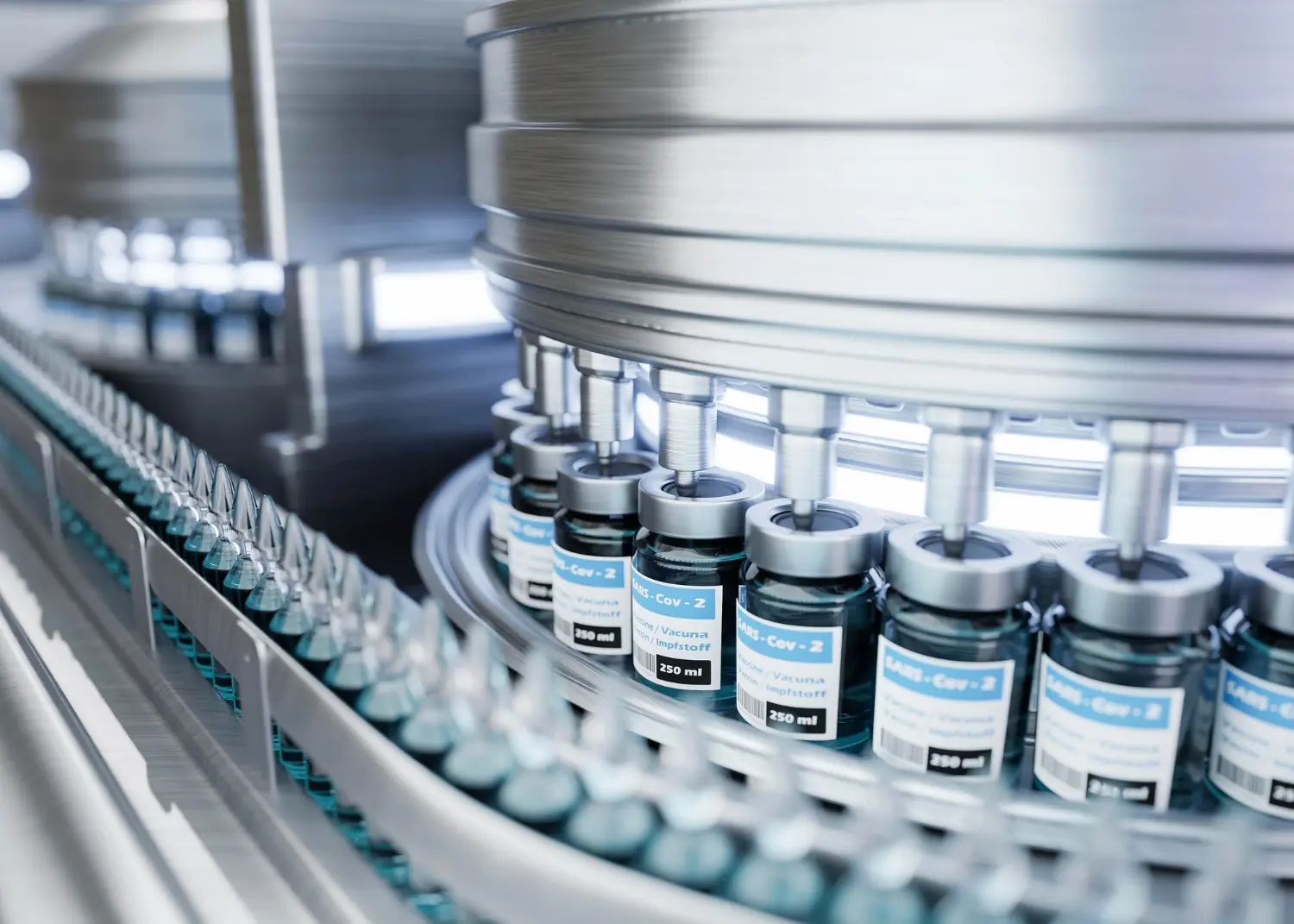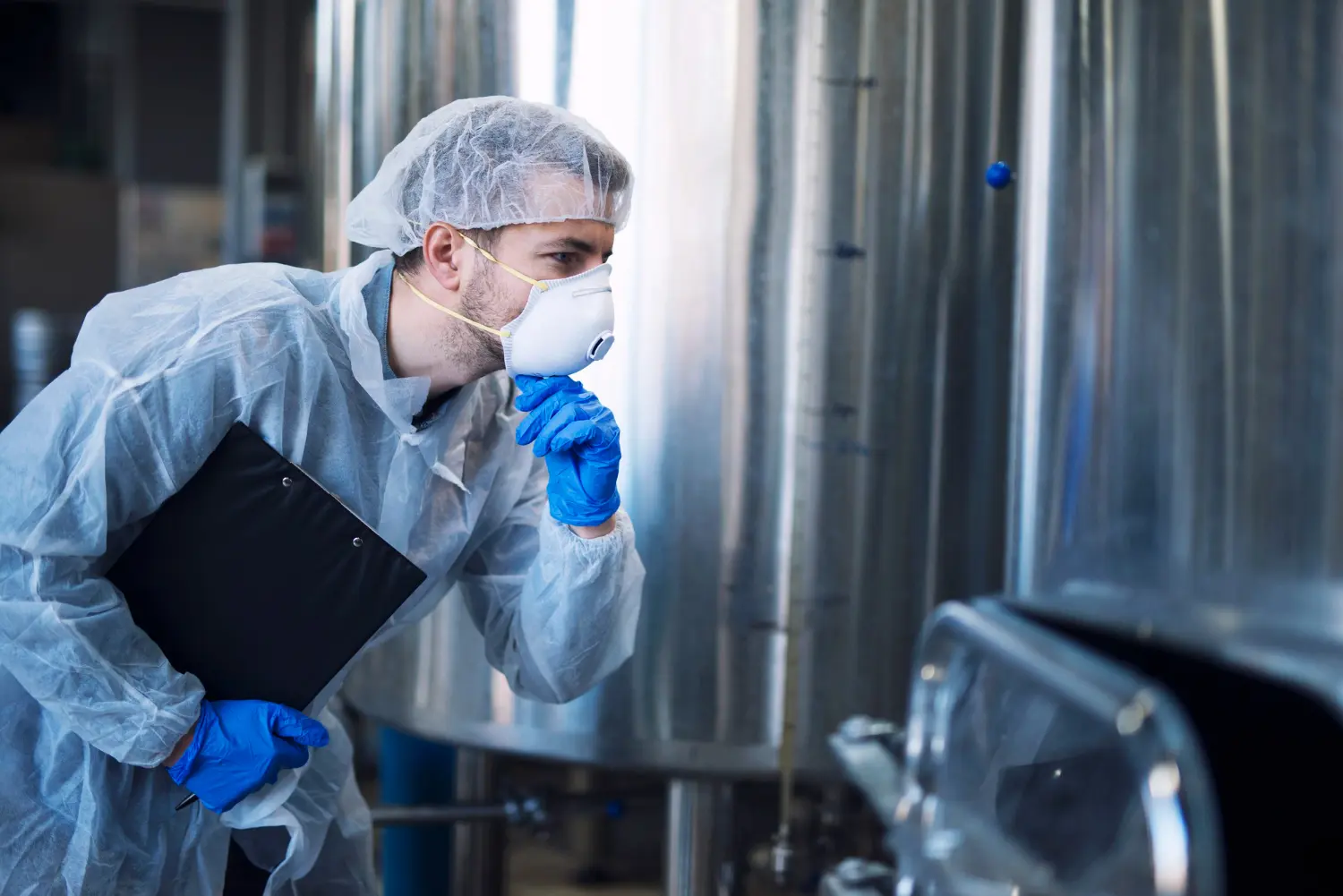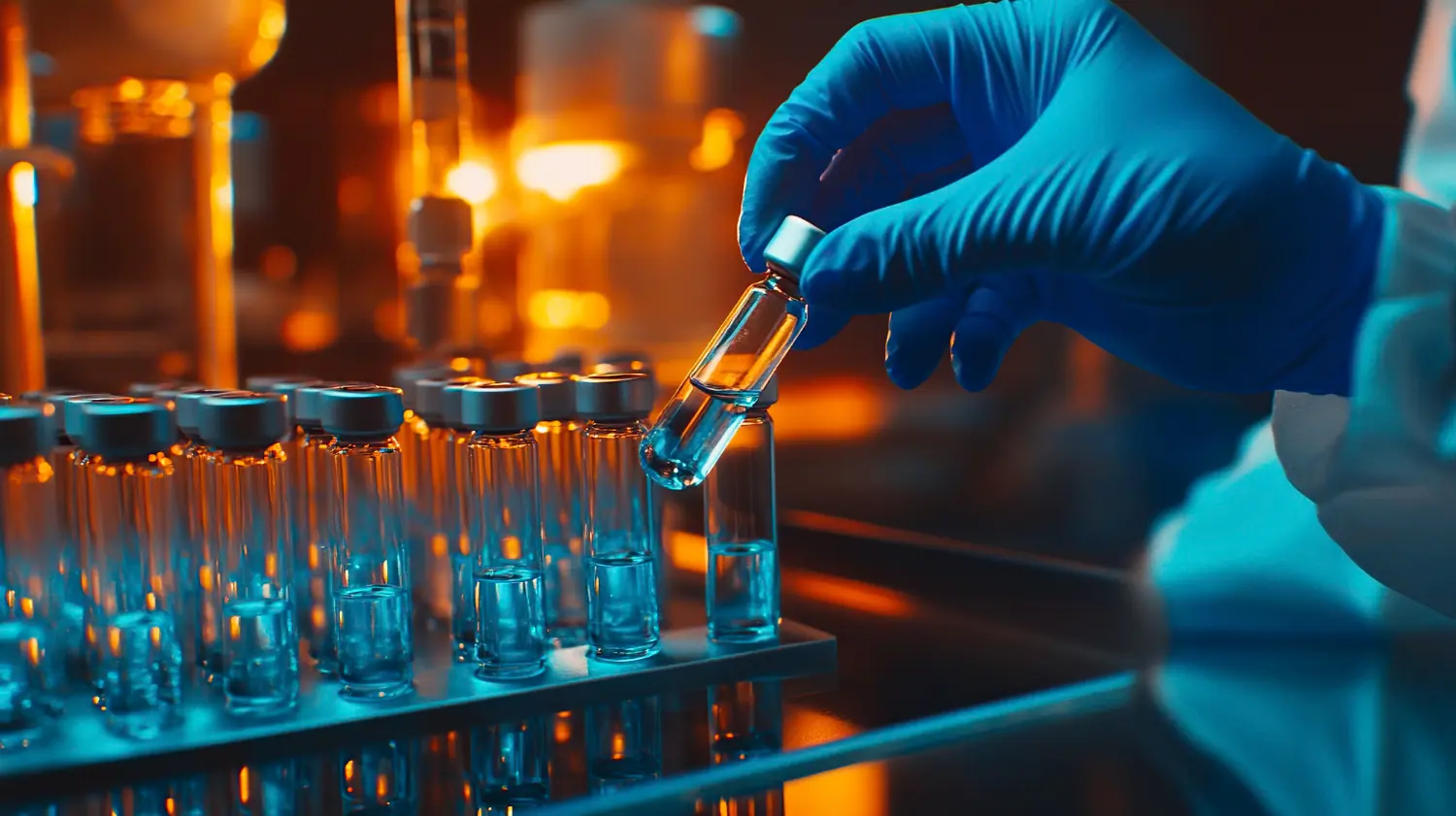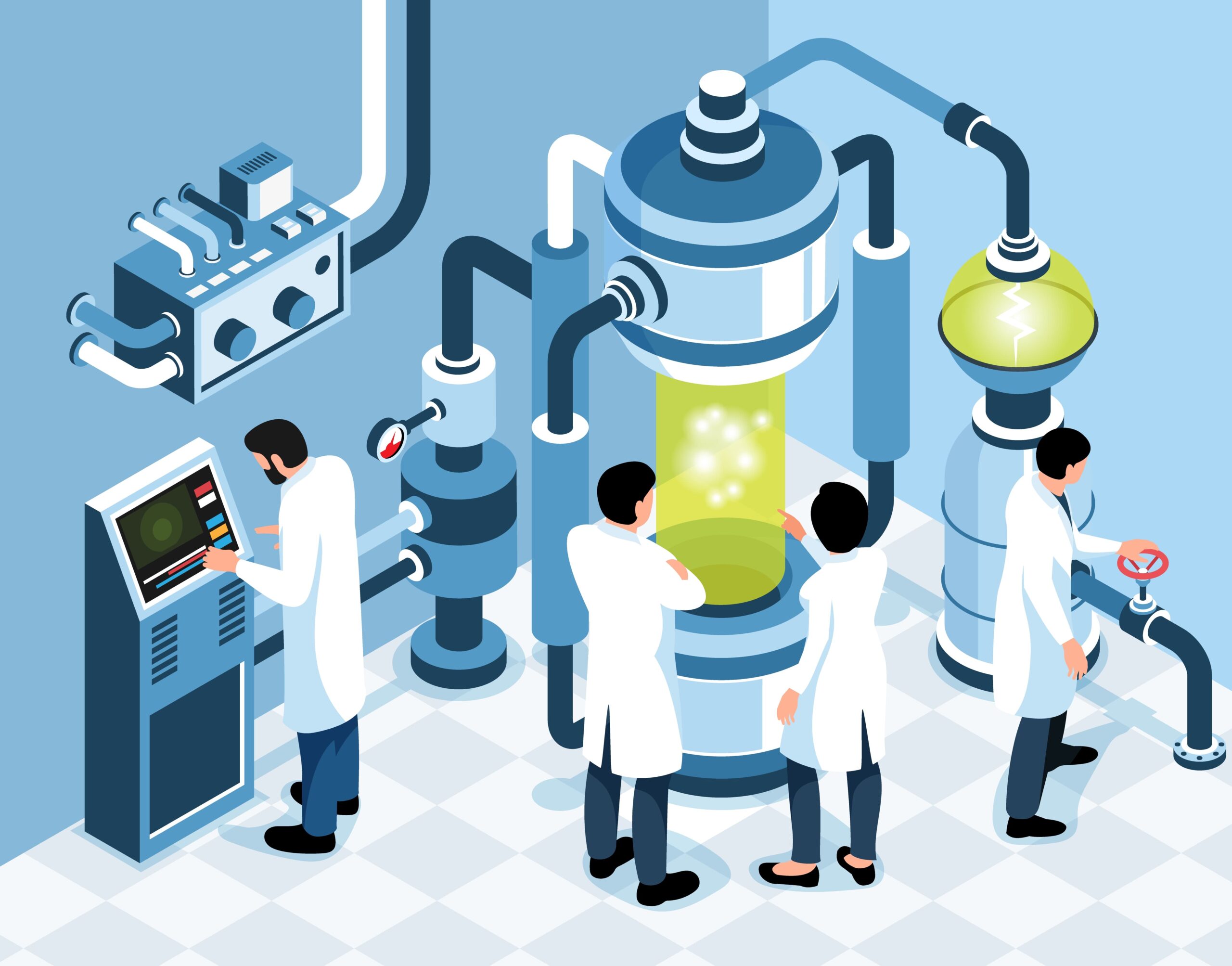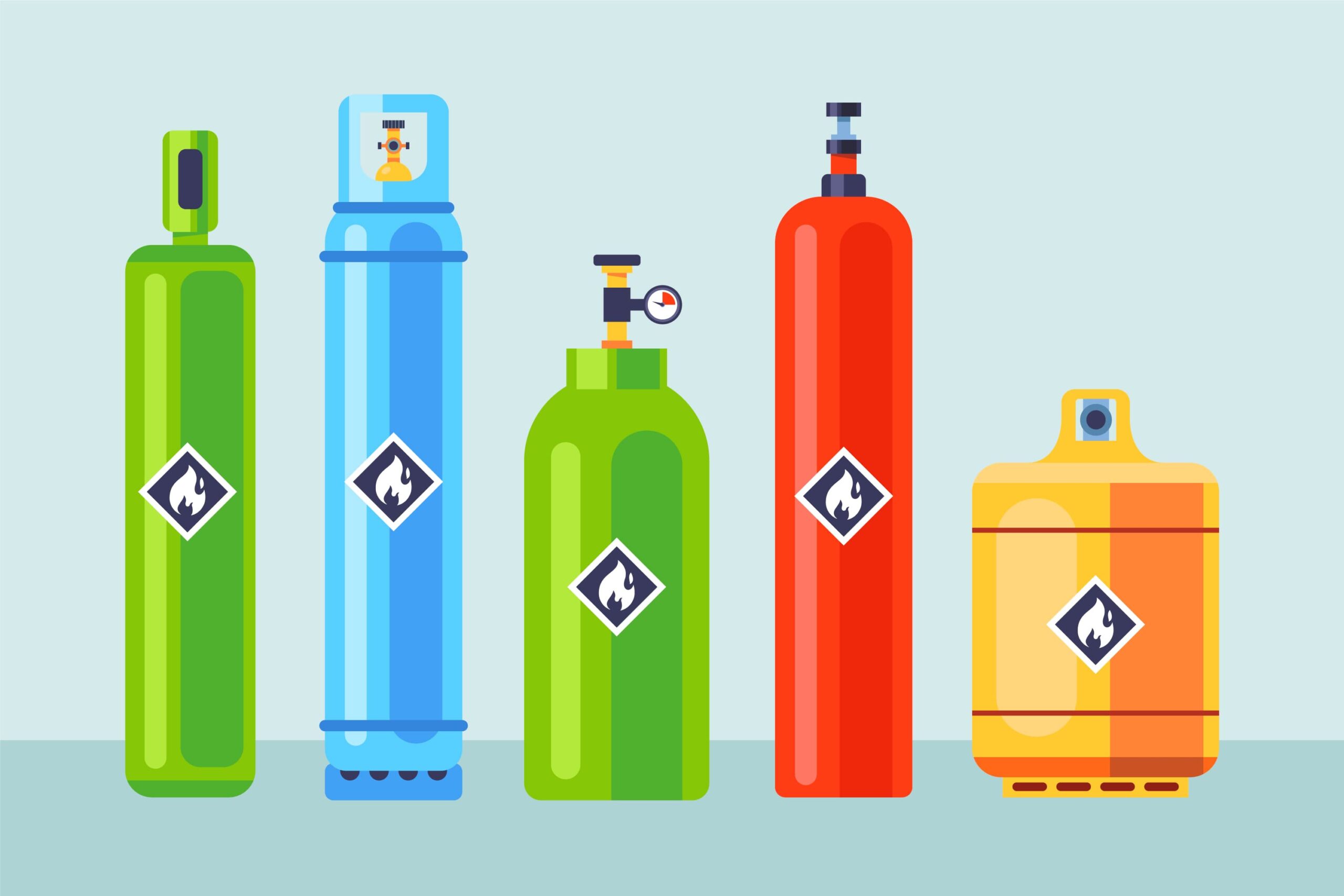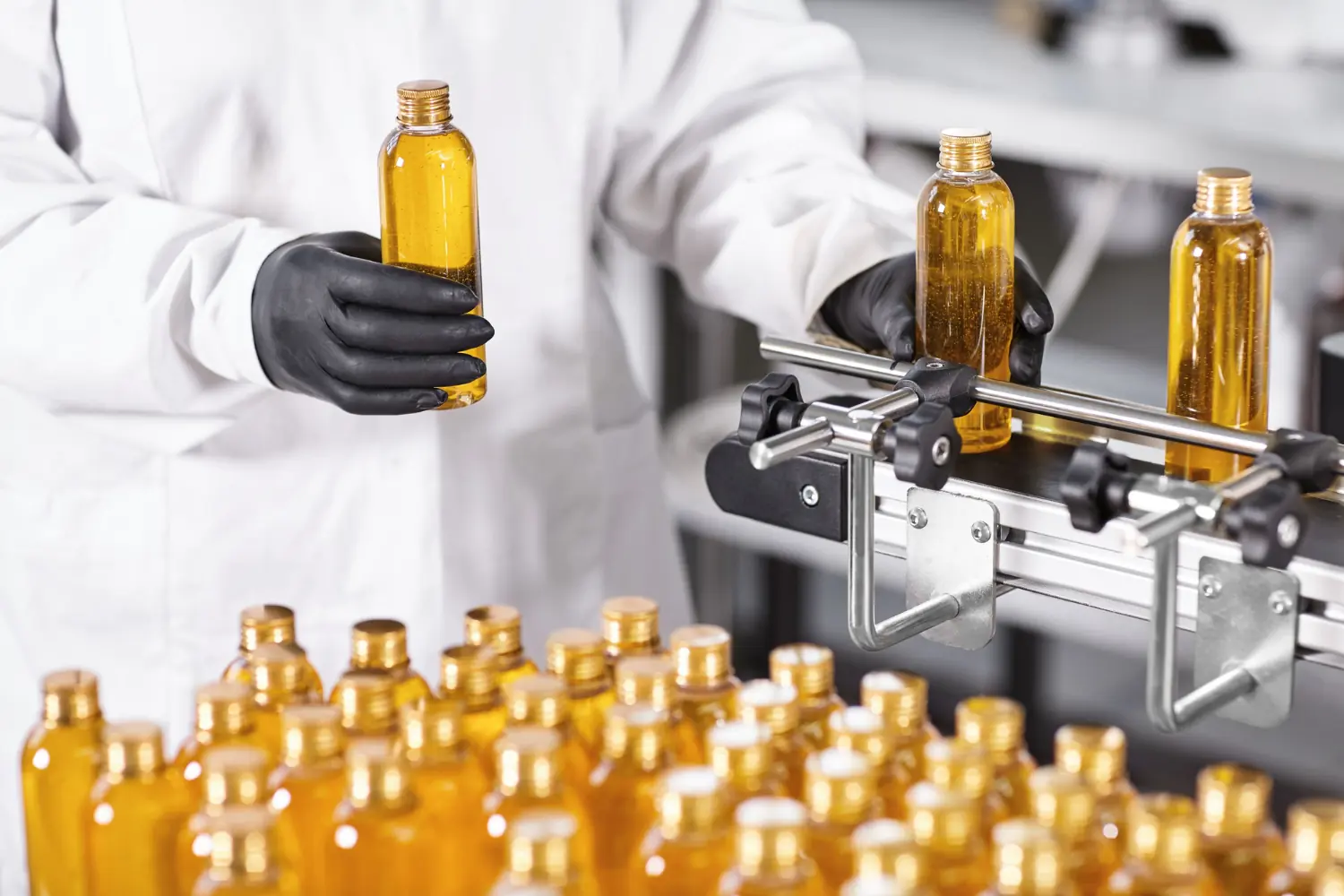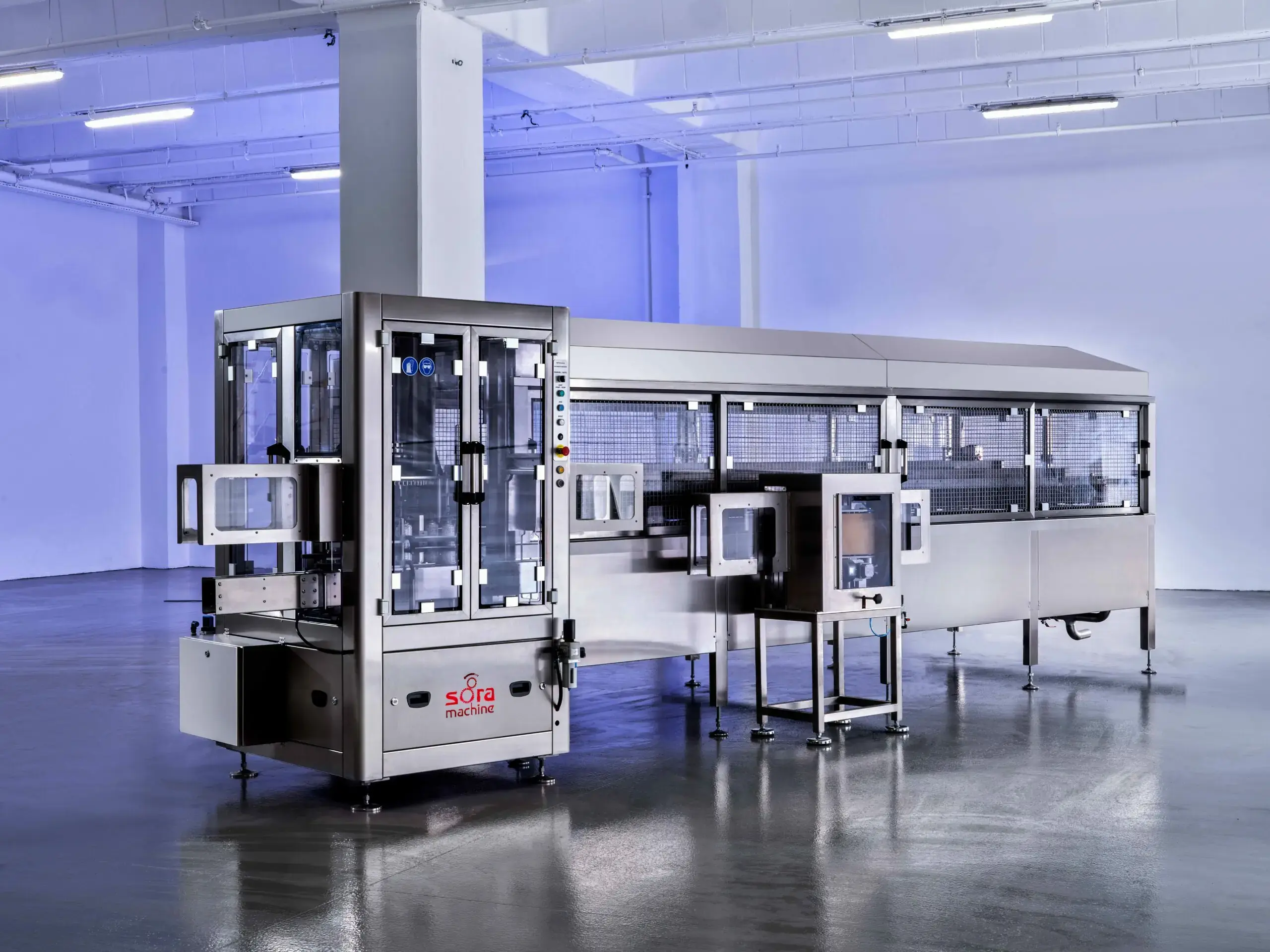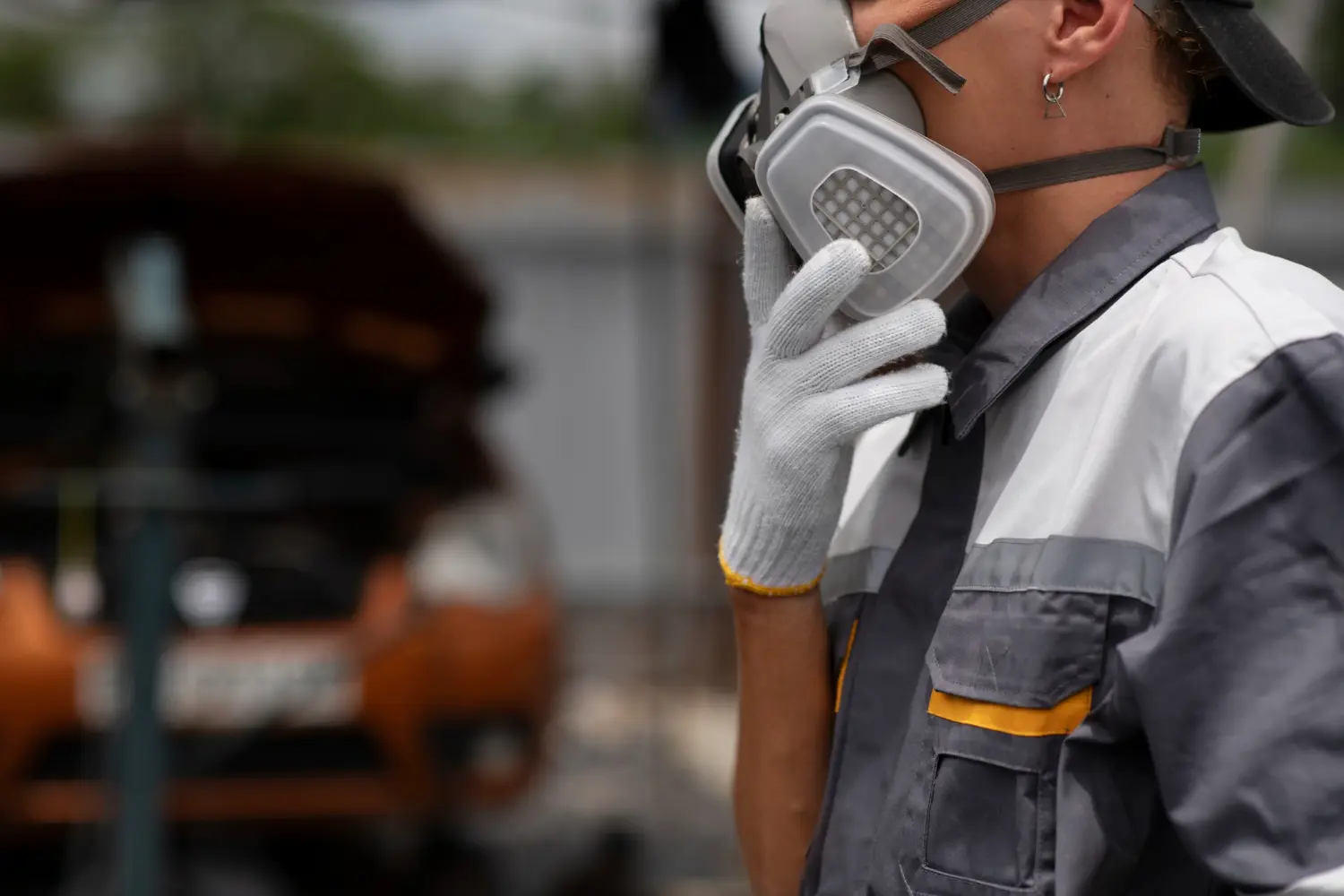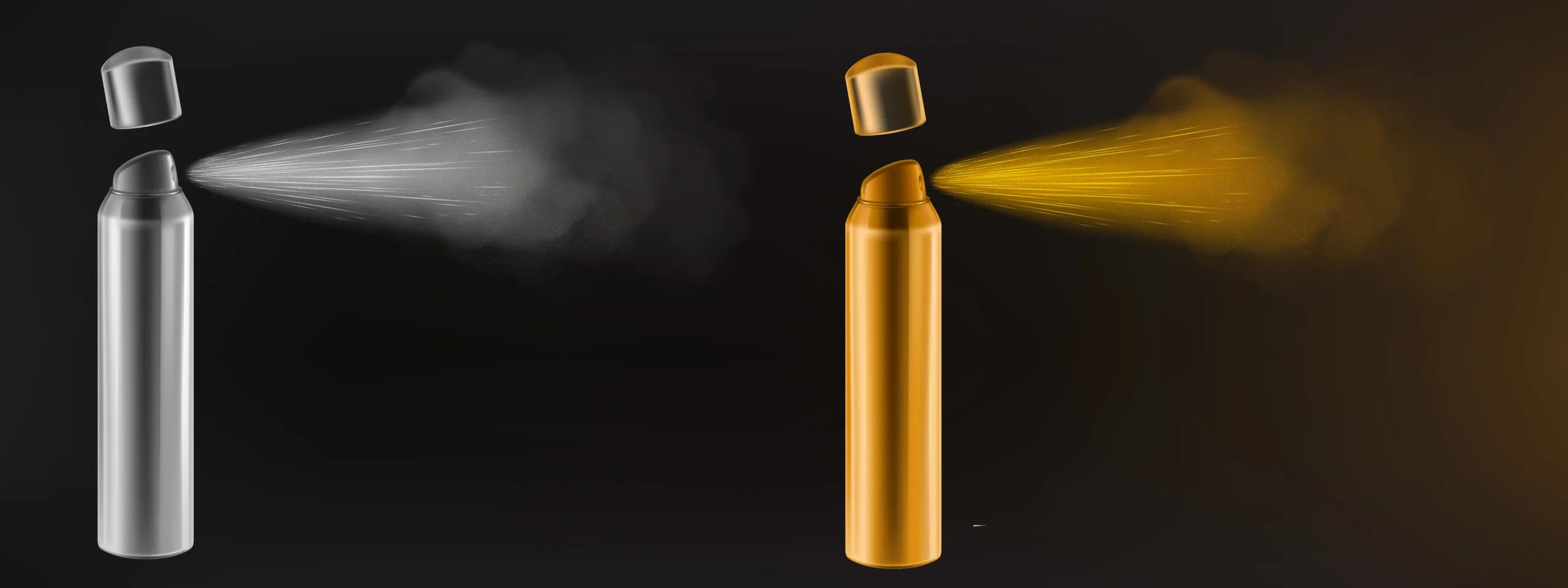In pharmaceutical production, ensuring that every product meets the highest standards of safety and quality is crucial. Pharmaceutical liquid filling validation is a critical process that helps achieve this by confirming that the filling system works correctly and that the final product is consistent and safe for use. Liquid filling involves filling bottles, vials, or other containers with liquid medications, and the validation process ensures that this is done without error. This article walks you through the step-by-step methods used to validate liquid filling in pharmaceutical production and why it is necessary for ensuring product safety and compliance.
What is Pharmaceutical Liquid Filling Validation And Why is It Necessary?
Pharmaceutical liquid filling validation refers to the process of verifying that the liquid filling system in a pharmaceutical production line functions according to established standards. The goal is to ensure that the filling machines consistently fill containers with the correct amount of product, free from contamination and within regulatory limits.
Why is it necessary? Well, it’s a matter of both safety and compliance. The pharmaceutical industry is highly regulated, and verification in pharmaceutical production helps meet the strict guidelines set by organizations like the FDA and the World Health Organization. Failure to perform adequate validation can lead to product recalls, fines, or worse—unsafe products entering the market.
The validation process also ensures that the equipment used in filling systems operates consistently over time, which is crucial for maintaining product quality. Without proper validation, there’s no guarantee that each batch of liquid medication is up to standard, which could lead to serious risks for patients.
Which Tests Should Be Performed During The Validation of Pharmaceutical Liquid Filling?
During pharmaceutical liquid filling validation, several tests are necessary to confirm that the system is working properly. These tests include:
- Accuracy and Precision Tests: These tests confirm that the right amount of liquid is being dispensed into each container. It’s important to make sure that the filling machines are dispensing consistent volumes every time.
- Weight Verification: This test measures the weight of the filled containers to ensure that the volume and weight match up to the specified standards. If the weight doesn’t match, the filling system may be faulty, leading to liquid filling product loss.
- Content Uniformity Tests: These tests ensure that the contents of each container are uniform. This is particularly important for pharmaceutical liquids, as inconsistencies can affect the efficacy of the medication.
- Leakage Tests: This is vital to ensure that the filled containers are properly sealed and that there is no leakage, which could lead to contamination or spoilage of the product.
- Sterility Tests: This test checks for contamination during the filling process. Sterility test validation is especially important in the production of sterile injectable medications, as even a small amount of contamination can render a batch unsafe.
- Environmental Testing: This involves verifying the cleanliness and sterility of the filling environment. Environmental controls are important to prevent contamination during filling.
These tests, when performed thoroughly, provide a clear picture of whether the filling process is functioning within the required specifications.
What Role Does The Validation Process Play in Detecting Production Errors?
The validation process is a key element in detecting and addressing production errors. In fact, it acts as an early warning system for potential problems that could affect the safety and quality of the product. Here’s how:
- Early Detection of Errors: By conducting tests at various stages of the filling process, validation allows production teams to spot errors before they escalate. For instance, if a filling machine is calibrated incorrectly, it will quickly be flagged during the validation tests.
- Error Prevention: When validation is done correctly, it helps prevent errors from happening in the first place. Calibration procedures and liquid filling equipment verification ensure that machines are operating optimally and reduce the risk of underfilling, overfilling, or contamination.
- Consistent Product Quality: Validation ensures that the production line is running smoothly and consistently, preventing errors that could lead to batch-to-batch variations in the final product.
The result is fewer recalls, higher customer satisfaction, and, most importantly, safe products that meet all regulatory requirements.
What Are The Necessary Calibration And Verification Procedures For Pharmaceutical Liquid Filling?
Calibration and verification are key components of pharmaceutical liquid filling validation. These processes ensure that the machines and equipment used for filling are accurate and reliable. Here’s a breakdown:
- Filling Machine Calibration: This involves adjusting the filling machines to ensure they dispense the correct amount of liquid. Calibration procedures must be carried out regularly to maintain filling accuracy and consistency.
- Flow Rate Verification: Ensuring that the flow rate of the liquid through the filling system is correct is crucial for maintaining product consistency. This is verified using flow meters or volumetric testing.
- Valve Calibration: Valves control the release of liquid into containers, so they must be calibrated to open and close at the correct times and ensure there is no overflow or underfill.
- Temperature Control Verification: Some liquid medications require precise temperature control during the filling process. Calibration of temperature sensors is necessary to ensure that the liquid maintains the proper consistency for accurate filling.
- Filling Accuracy Verification: This is done through weighing filled containers to verify that they meet specified weight standards. If discrepancies are found, the system must be recalibrated.
Proper calibration ensures that FDA compliant filling machines are dispensing liquids correctly, reducing errors and preventing product waste.
How is The Accuracy of Equipment Used in Pharmaceutical Validation Ensured?
The accuracy of equipment used in pharmaceutical validation is ensured through a combination of calibration procedures, performance checks, and liquid filling equipment verification. Here’s how:
- Regular Calibration: As we mentioned, frequent calibration of the filling machines, valves, and other components ensures that the equipment continues to function within the required specifications.
- Routine Equipment Maintenance: Regular maintenance helps prevent equipment malfunctions that could lead to inaccurate fills or product contamination. Scheduled maintenance procedures, including cleaning and part replacement, are crucial for maintaining accuracy over time.
- Qualification Testing: Before any new filling equipment is put into use, it undergoes a series of tests and qualifications to confirm that it meets all performance and accuracy requirements.
- Independent Verification: In some cases, third-party audits and checks are performed to verify the accuracy of the equipment. This ensures that the system is working as intended and that any errors are identified and corrected.
How is The FDA And GMP Compliance of Liquid Filling Machines Verified?
FDA compliant filling machines must meet the standards set by the U.S. Food and Drug Administration (FDA) and follow Good Manufacturing Practice (GMP) guidelines. To verify compliance:
- Documentation and Record Keeping: Manufacturers must maintain detailed records of all validation and calibration procedures. These documents are essential for demonstrating that the filling machines meet FDA and GMP standards.
- Inspection and Audits: Regulatory bodies like the FDA may conduct inspections and audits of the production facility to ensure that all filling equipment complies with regulatory standards. During these audits, they’ll review the results of validation tests, maintenance logs, and calibration records.
- Compliance Certification: Once the filling machines meet FDA and GMP requirements, they are certified for use. The certification process involves submitting evidence of compliance to regulatory authorities.
How Does The Sterility Test And Microbiological Validation Process Work in Pharmaceutical Production?
In pharmaceutical production, particularly for injectables and sterile products, sterility is paramount. Here’s how the sterility test validation and microbiological validation pharmaceuticals work:
- Microbiological Sampling: A sample of the liquid is taken from the filling machine at various points in the production line and tested for microbial contamination.
- Sterility Test: For sterile products, a sterility test validation is performed to ensure that no bacteria, fungi, or other microorganisms are present in the product. This is typically done using specialized media and techniques, such as membrane filtration or direct inoculation.
- Air and Surface Testing: The production environment, including the filling machine and surrounding surfaces, is tested for microbial contamination to ensure that the filling process does not introduce any pathogens into the product.
By performing these tests, manufacturers can ensure that their products remain safe and free from harmful microorganisms, reducing the risk of infections or contamination.
What is The Role Of Quality Control in The Validation Process?
Pharmaceutical production quality control plays an essential role in the validation process. Quality control ensures that the products produced are of high quality and meet regulatory requirements. During validation, the quality control team conducts tests, reviews the results, and verifies that all processes meet the established criteria for product safety, accuracy, and sterility.
Quality control helps identify potential errors in the filling process early, which allows for corrective actions to be taken before the product reaches the market.
What Documents And Reports Are Created During The Validation Process To Prevent Product Errors?
During the validation process, several documents and reports are generated to provide a clear record of compliance and testing results. These include:
- Validation Protocols: Documents outlining the procedures, tests, and acceptance criteria for validation.
- Test Reports: Reports detailing the results of each test conducted, including accuracy, sterility, and weight verification.
- Calibration and Maintenance Records: Detailed records of all calibration and maintenance activities performed on the filling machines.
- Compliance Certificates: Documentation proving that the filling machines and production processes meet FDA and GMP requirements.
These reports help ensure transparency, track the effectiveness of the validation process, and prevent errors during production.
How is The Continuity Of Validation Ensured in Pharmaceutical Liquid Filling?
The continuity of validation is ensured through ongoing monitoring, regular re-validation, and continuous training. Manufacturers must continuously verify that the filling systems are working correctly, recalibrate equipment as necessary, and update validation protocols to reflect any changes in production processes or regulations.
